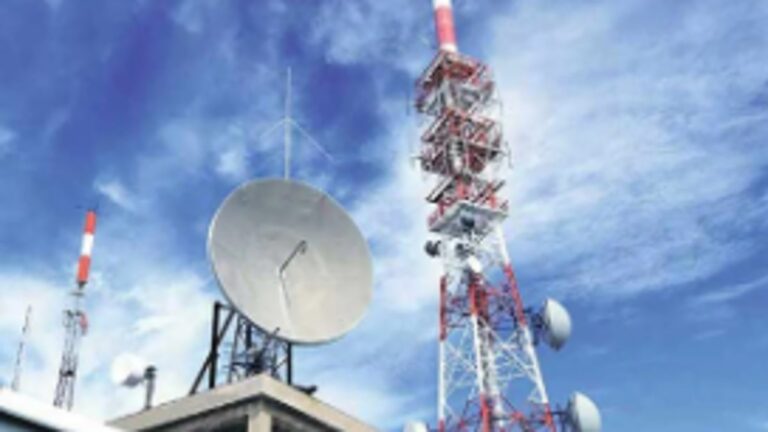A dispute between telecom operators and technology companies over the 6GHz spectrum has prompted the Ministry of Telecommunications to postpone allocation to either side. The spectrum will remain with the Indian Space Research Organisation (ISRO) for satellite use unless the government can resolve the dispute between telecom operators and technology companies such as Microsoft, Google and Amazon.
The 6GHz band offers faster speeds and is ideal for WiFi services. Telecommunications carriers want to reserve this band for 5G services. Meanwhile, technology companies want this band to be used only for WiFi services. Telecommunications carriers are concerned that if this band is given to technology companies such as Microsoft, Google, Amazon, and Qualcomm, it will cannibalize the services that telecommunications carriers offer.
The DoT will hold extensive discussions with stakeholders before taking a final decision on allocation of this band.
The 6 GHz band includes frequencies ranging from 5925 to 7125 MHz.
According to sources, Reliance Jio has proposed to continue informal consultations with all stakeholders, including government representatives, telecom and technology companies. The DoT has formed three working groups to work on revising the spectrum allocation plan.
“No decision has been made on the allocation of the 6 GHz band. We are currently in informal discussions with all the relevant parties,” the official said, adding that the results would only be part of the final report of the NFAP chairman, the government’s radio adviser. A new revised spectrum allocation plan is expected to be published within six months, the officials said.
Currently, the entire 6GHz band is used by ISRO for its satellite operations and the spectrum allocated for mobile services can interfere with the satellites, but WiFi is low-power and therefore will not cause interference, experts said.
The government plans to decide whether to allocate part of the 6 GHz band (the upper limit of 6,425 to 7,025 MHz) to telecommunications companies after conducting a study on the coexistence of the band with satellites.
Officials said ISRO was also opposed to the allocation of frequencies for telecom services.
“If the entire 6 GHz spectrum is not delicensed, it could isolate India from international policies, hinder domestic manufacturing and slow the growth of the digital economy,” said TV Ramachandran, president of the Broadband India Forum (BIF), a group that represents tech companies.
Ramachandran said there were no trusted suppliers of 6GHz equipment for telecommunications and allocating the band for telecom services could lead to increased imports from unreliable sources, jeopardizing national security.
“The introduction of unlicensed 6 GHz spectrum this year would conservatively generate recurring economic benefits of more than $60 billion (roughly Rs 5 trillion) per year from 2028 onwards, far more than the revenues from a one-time spectrum auction for IMT/5G,” Ramachandran said.
Countering Ramachandran, the Cellular Operators Association of India (COAI) said allocating 6GHz spectrum without auction could result in a loss of over Rs 3 trillion to the country’s exchequer.
“If sufficient spectrum in the 6 GHz band is not allocated for IMT, the country will have to prepare for around 60 per cent higher annual costs to achieve the performance expected from 5G services, which will lead to delays in expansion and a significant increase in energy consumption and wireless network costs,” COAI director general SP Kochhar said in a statement.
According to Kocher, the 6 GHz band is the only mid-band spectrum range that allows for around 300 to 400 MHz of contiguous bandwidth per communications service provider, which can meet the rapidly evolving demand leading up to 2030.
Officials said that while no decision has been made yet, 500 MHz of the lower 6 GHz spectrum (5925-6425 MHz) is likely to be used for Wi-Fi services, while the higher bands will be used for communications.
At the World Radiocommunication Conference (WRC) held in Dubai, the International Telecommunication Union (ITU) along with member states decided to reserve the upper end of the 6GHz band (6425-7025MHz) for mobile services in Region 1 (including Europe, Middle East and Africa) with appropriate safety masks, i.e. guard bands to avoid interference with satellites. Meanwhile, India, which is part of Region 3, has decided not to open up this band until an IMT-satellite coexistence study is conducted. The government has until 2027 to take a decision after conducting the study.



